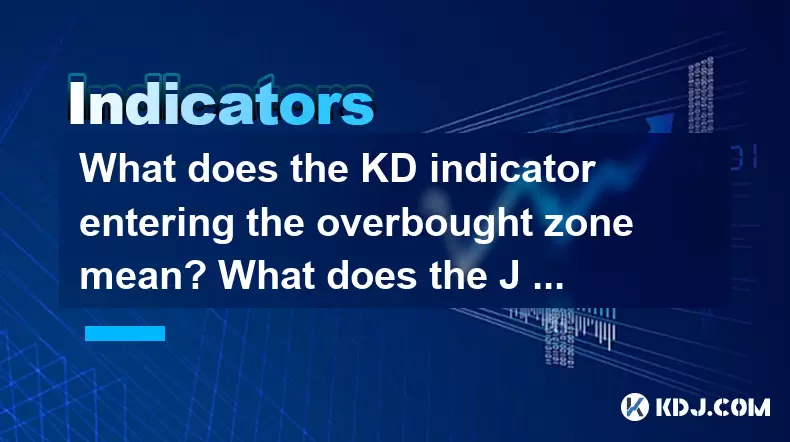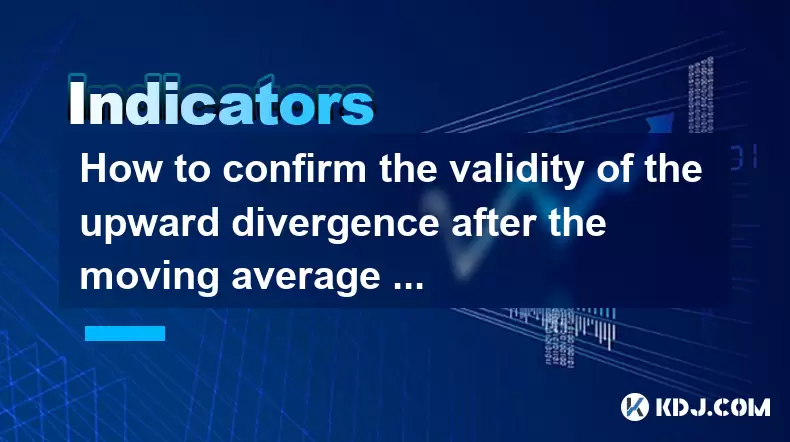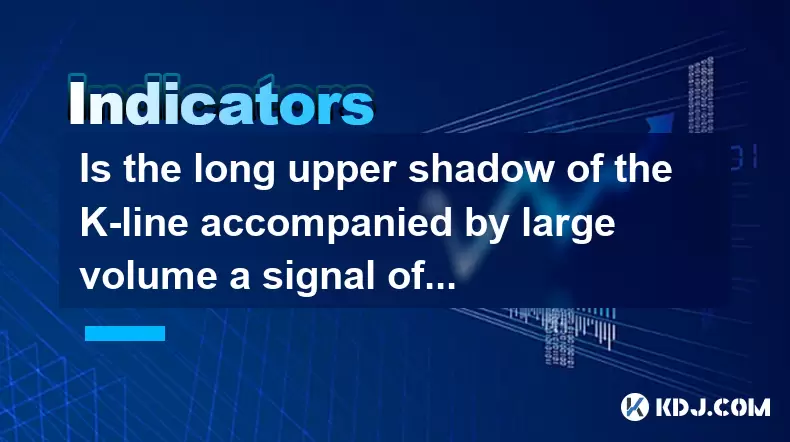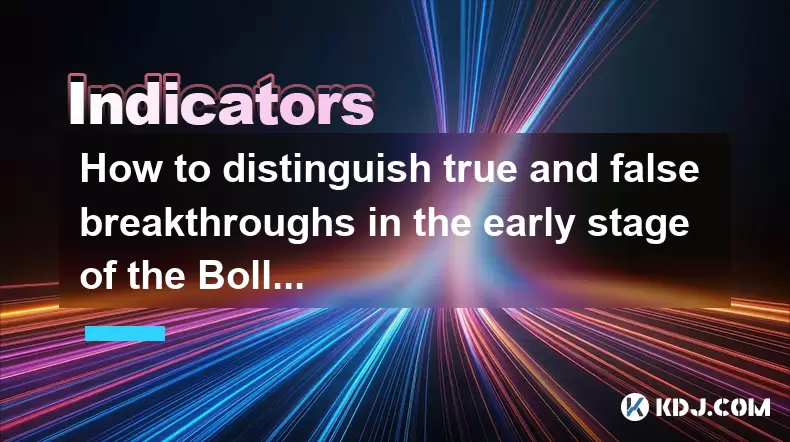-
 Bitcoin
Bitcoin $106,754.6083
1.33% -
 Ethereum
Ethereum $2,625.8249
3.80% -
 Tether USDt
Tether USDt $1.0001
-0.03% -
 XRP
XRP $2.1891
1.67% -
 BNB
BNB $654.5220
0.66% -
 Solana
Solana $156.9428
7.28% -
 USDC
USDC $0.9998
0.00% -
 Dogecoin
Dogecoin $0.1780
1.14% -
 TRON
TRON $0.2706
-0.16% -
 Cardano
Cardano $0.6470
2.77% -
 Hyperliquid
Hyperliquid $44.6467
10.24% -
 Sui
Sui $3.1128
3.86% -
 Bitcoin Cash
Bitcoin Cash $455.7646
3.00% -
 Chainlink
Chainlink $13.6858
4.08% -
 UNUS SED LEO
UNUS SED LEO $9.2682
0.21% -
 Avalanche
Avalanche $19.7433
3.79% -
 Stellar
Stellar $0.2616
1.64% -
 Toncoin
Toncoin $3.0222
2.19% -
 Shiba Inu
Shiba Inu $0.0...01220
1.49% -
 Hedera
Hedera $0.1580
2.75% -
 Litecoin
Litecoin $87.4964
2.29% -
 Polkadot
Polkadot $3.8958
3.05% -
 Ethena USDe
Ethena USDe $1.0000
-0.04% -
 Monero
Monero $317.2263
0.26% -
 Bitget Token
Bitget Token $4.5985
1.68% -
 Dai
Dai $0.9999
0.00% -
 Pepe
Pepe $0.0...01140
2.44% -
 Uniswap
Uniswap $7.6065
5.29% -
 Pi
Pi $0.6042
-2.00% -
 Aave
Aave $289.6343
6.02%
What does the KD indicator entering the overbought zone mean? What does the J value blunting reveal?
The KD indicator, used in crypto trading, signals overbought conditions above 80, while a blunting J value may indicate weakening trend momentum.
May 31, 2025 at 06:56 am

The KD indicator, also known as the Stochastic Oscillator, is a popular momentum indicator used by traders in the cryptocurrency market to identify potential overbought and oversold conditions. When the KD indicator enters the overbought zone, it suggests that the asset may be due for a potential price correction. Similarly, the J value, which is an extension of the KD indicator, can provide additional insights into market momentum. When the J value blunts, it may indicate a weakening of the current trend.
Understanding the KD Indicator
The KD indicator consists of two lines: the %K line and the %D line. The %K line is the fast line, and the %D line is a moving average of the %K line, which makes it the slow line. These lines oscillate between 0 and 100, and traders use them to gauge the momentum of price movements.
The KD indicator is calculated using the following formulas:
- %K = (Current Close - Lowest Low) / (Highest High - Lowest Low) 100*
- %D = 3-day simple moving average of %K
The overbought zone is typically considered to be above 80 on the KD indicator, while the oversold zone is below 20. When the KD lines move into these zones, it suggests that the market may be overextended and due for a reversal.
What Does the KD Indicator Entering the Overbought Zone Mean?
When the KD indicator enters the overbought zone, it indicates that the cryptocurrency's price has risen rapidly and may be due for a correction. This is because the high readings suggest that the recent closing prices have been consistently near the top of the recent trading range, indicating strong buying pressure that may be unsustainable in the long term.
Traders often interpret the KD indicator entering the overbought zone as a signal to consider taking profits or preparing for a potential price decline. However, it's important to note that the KD indicator should not be used in isolation. Other technical indicators and market analysis should be considered to confirm the signal.
Using the KD Indicator in Trading
To effectively use the KD indicator in your trading strategy, follow these steps:
- Monitor the KD lines: Keep an eye on the %K and %D lines. When both lines cross above 80, it indicates that the market is entering the overbought zone.
- Look for divergence: If the price of the cryptocurrency is making new highs, but the KD lines are not following suit, this could be a sign of divergence and a potential reversal.
- Confirm with other indicators: Use other technical indicators like the Relative Strength Index (RSI) or Moving Average Convergence Divergence (MACD) to confirm the overbought signal.
- Set stop-loss orders: If you decide to sell based on the overbought signal, consider setting a stop-loss order to manage your risk.
The J Value and Its Significance
The J value is an extension of the KD indicator, calculated as follows:
J = 3 %K - 2 %D
The J value is more sensitive than the KD lines and can provide earlier signals of potential trend changes. When the J value moves into extreme territories (typically above 100 for overbought and below 0 for oversold), it can indicate strong momentum in the current trend.
What Does the J Value Blunting Reveal?
When the J value blunts, it means that the J line, which is typically more volatile than the %K and %D lines, starts to flatten out or move sideways. This blunting of the J value can reveal several important insights:
- Weakening Momentum: A blunting J value suggests that the momentum behind the current trend is weakening. If the J value was previously moving sharply upwards or downwards and then starts to flatten, it may indicate that the trend is losing steam.
- Potential Reversal: The blunting of the J value can be an early warning sign of a potential trend reversal. Traders often watch for this signal to adjust their positions or prepare for a change in market direction.
- Confirmation with Other Indicators: As with the KD indicator, it's crucial to use the blunting of the J value in conjunction with other technical indicators to confirm the signal. For example, if the J value blunts while the price is at a resistance level, it could strengthen the case for a potential reversal.
Using the J Value in Trading
To incorporate the J value into your trading strategy, consider the following steps:
- Track the J value: Monitor the J value alongside the KD lines. Pay attention to when the J value starts to flatten out or move sideways.
- Identify key levels: Note the levels at which the J value typically blunts, as these can be important thresholds for potential trend changes.
- Combine with price action: Look at how the J value blunting coincides with price action at support and resistance levels. This can provide a more comprehensive view of potential market moves.
- Adjust trading positions: If the J value blunts and other indicators confirm a potential reversal, consider adjusting your trading positions accordingly. This might mean taking profits, reducing exposure, or even entering new trades in the opposite direction.
Practical Example of KD Indicator and J Value Analysis
Let's consider a hypothetical example to illustrate how the KD indicator entering the overbought zone and the J value blunting can be used in trading:
- Scenario: Bitcoin (BTC) has been in a strong uptrend, and the KD indicator has just crossed above 80, entering the overbought zone. At the same time, the J value, which was previously moving sharply upwards, starts to flatten out.
- Analysis: The overbought signal from the KD indicator suggests that Bitcoin may be due for a correction. The blunting of the J value reinforces this view, indicating that the upward momentum is weakening.
- Action: A trader might decide to take profits on their long positions in Bitcoin, set a stop-loss order to manage risk, and prepare for a potential price decline. They would also keep an eye on other technical indicators and market news to confirm the signal.
Frequently Asked Questions
Q1: Can the KD indicator be used for all cryptocurrencies?
A1: Yes, the KD indicator can be used for all cryptocurrencies. However, its effectiveness may vary depending on the liquidity and volatility of the specific cryptocurrency. It's important to backtest the indicator on historical data for each cryptocurrency to understand its reliability.
Q2: How often should the KD indicator and J value be monitored?
A2: The frequency of monitoring the KD indicator and J value depends on your trading style. For day traders, it might be necessary to check these indicators multiple times a day. Swing traders might monitor them on a daily or even weekly basis. The key is to align the monitoring frequency with your trading strategy and time horizon.
Q3: Are there any limitations to using the KD indicator and J value?
A3: Yes, there are limitations to using the KD indicator and J value. These indicators can generate false signals, especially in highly volatile markets. They should always be used in conjunction with other technical analysis tools and market context to increase their reliability. Additionally, they are lagging indicators, meaning they react to price changes rather than predicting them.
Q4: How can the KD indicator and J value be used in conjunction with fundamental analysis?
A4: The KD indicator and J value can complement fundamental analysis by providing insights into market sentiment and momentum. For instance, if a cryptocurrency has strong fundamentals but the KD indicator is in the overbought zone and the J value is blunting, it might suggest a good time to take profits or wait for a better entry point. Conversely, if the fundamentals are weak but the KD indicator is in the oversold zone and the J value is showing signs of strengthening, it could indicate a potential buying opportunity.
Disclaimer:info@kdj.com
The information provided is not trading advice. kdj.com does not assume any responsibility for any investments made based on the information provided in this article. Cryptocurrencies are highly volatile and it is highly recommended that you invest with caution after thorough research!
If you believe that the content used on this website infringes your copyright, please contact us immediately (info@kdj.com) and we will delete it promptly.
- Bitcoin Cash (BCH) on a Roll: Trading Volumes Surge!
- 2025-06-21 01:05:12
- PEPE Coin's Wild Ride: Market Drop or Buying Opportunity?
- 2025-06-21 00:25:13
- Bitcoin Price, Open Interest, and Liquidation Exhaustion: What's Next?
- 2025-06-21 01:25:12
- Navi Mumbai Lottery Scam: An Elderly Man's 45 Lakh Rupee Loss
- 2025-06-21 00:25:13
- Blockchain Buzz: XRP, Solana, and the Institutional Wave
- 2025-06-21 01:05:12
- XRP ETF Momentum: Teucrium's AUM Growth Signals Bullish Future
- 2025-06-21 01:25:12
Related knowledge

Does the sudden contraction of ATR indicate the end of the trend?
Jun 20,2025 at 11:14pm
Understanding ATR and Its Role in Technical AnalysisThe Average True Range (ATR) is a technical indicator used to measure market volatility. Developed by J. Welles Wilder, ATR calculates the average range of price movement over a specified period, typically 14 periods. It does not indicate direction—only volatility. Traders use ATR to gauge how much an ...

Is the trend continuation when the Williams indicator is oversold but there is no rebound?
Jun 20,2025 at 11:42pm
Understanding the Williams %R IndicatorThe Williams %R indicator, also known as the Williams Percent Range, is a momentum oscillator used in technical analysis to identify overbought and oversold levels in price movements. It typically ranges from 0 to -100, where values above -20 are considered overbought and values below -80 are considered oversold. T...

Is the golden cross of the ROC indicator below the zero axis effective?
Jun 20,2025 at 09:42pm
Understanding the ROC Indicator and Its Role in Cryptocurrency TradingThe Rate of Change (ROC) indicator is a momentum oscillator widely used by traders to assess the speed at which cryptocurrency prices are changing. It measures the percentage difference between the current price and the price from a certain number of periods ago. The ROC helps identif...

How to confirm the validity of the upward divergence after the moving average sticks together?
Jun 21,2025 at 01:36am
Understanding the Basics of Moving Averages and DivergenceIn technical analysis, moving averages are crucial tools used to smooth out price data over a specified time period. When multiple moving averages converge or 'stick together,' it often indicates a consolidation phase in the market. This phenomenon can be a precursor to significant price movement...

Is the long upper shadow of the K-line accompanied by large volume a signal of peaking?
Jun 21,2025 at 12:28am
Understanding the Long Upper Shadow K-LineThe long upper shadow of a K-line is a common candlestick pattern that often appears during price action analysis. It consists of a small real body with a long upper wick, indicating that the price rose significantly during the period but was ultimately rejected and closed lower than its high. This pattern can s...

How to distinguish true and false breakthroughs in the early stage of the Bollinger Band opening?
Jun 20,2025 at 10:35pm
Understanding the Bollinger Band StructureBollinger Bands consist of three lines: a simple moving average (SMA) in the middle, and two outer bands that are standard deviations away from the SMA. These bands expand and contract based on market volatility. When the bands begin to widen, it often signals an increase in price volatility, which traders inter...

Does the sudden contraction of ATR indicate the end of the trend?
Jun 20,2025 at 11:14pm
Understanding ATR and Its Role in Technical AnalysisThe Average True Range (ATR) is a technical indicator used to measure market volatility. Developed by J. Welles Wilder, ATR calculates the average range of price movement over a specified period, typically 14 periods. It does not indicate direction—only volatility. Traders use ATR to gauge how much an ...

Is the trend continuation when the Williams indicator is oversold but there is no rebound?
Jun 20,2025 at 11:42pm
Understanding the Williams %R IndicatorThe Williams %R indicator, also known as the Williams Percent Range, is a momentum oscillator used in technical analysis to identify overbought and oversold levels in price movements. It typically ranges from 0 to -100, where values above -20 are considered overbought and values below -80 are considered oversold. T...

Is the golden cross of the ROC indicator below the zero axis effective?
Jun 20,2025 at 09:42pm
Understanding the ROC Indicator and Its Role in Cryptocurrency TradingThe Rate of Change (ROC) indicator is a momentum oscillator widely used by traders to assess the speed at which cryptocurrency prices are changing. It measures the percentage difference between the current price and the price from a certain number of periods ago. The ROC helps identif...

How to confirm the validity of the upward divergence after the moving average sticks together?
Jun 21,2025 at 01:36am
Understanding the Basics of Moving Averages and DivergenceIn technical analysis, moving averages are crucial tools used to smooth out price data over a specified time period. When multiple moving averages converge or 'stick together,' it often indicates a consolidation phase in the market. This phenomenon can be a precursor to significant price movement...

Is the long upper shadow of the K-line accompanied by large volume a signal of peaking?
Jun 21,2025 at 12:28am
Understanding the Long Upper Shadow K-LineThe long upper shadow of a K-line is a common candlestick pattern that often appears during price action analysis. It consists of a small real body with a long upper wick, indicating that the price rose significantly during the period but was ultimately rejected and closed lower than its high. This pattern can s...

How to distinguish true and false breakthroughs in the early stage of the Bollinger Band opening?
Jun 20,2025 at 10:35pm
Understanding the Bollinger Band StructureBollinger Bands consist of three lines: a simple moving average (SMA) in the middle, and two outer bands that are standard deviations away from the SMA. These bands expand and contract based on market volatility. When the bands begin to widen, it often signals an increase in price volatility, which traders inter...
See all articles

























































































